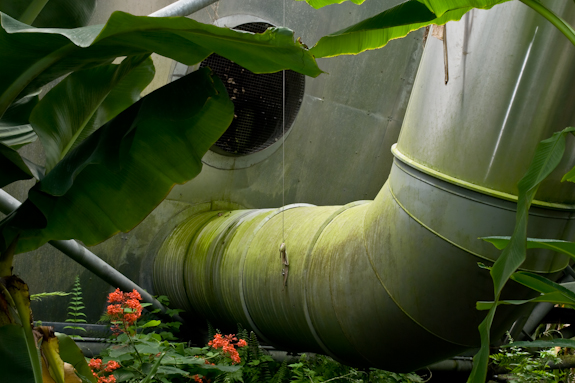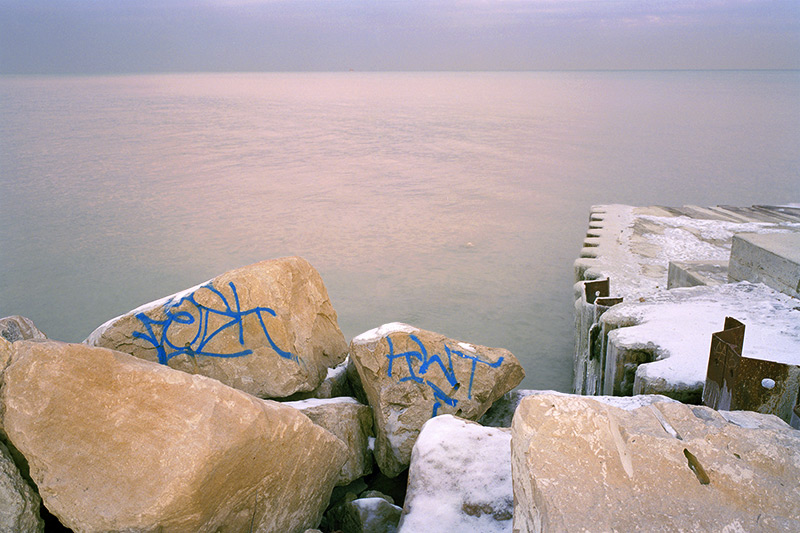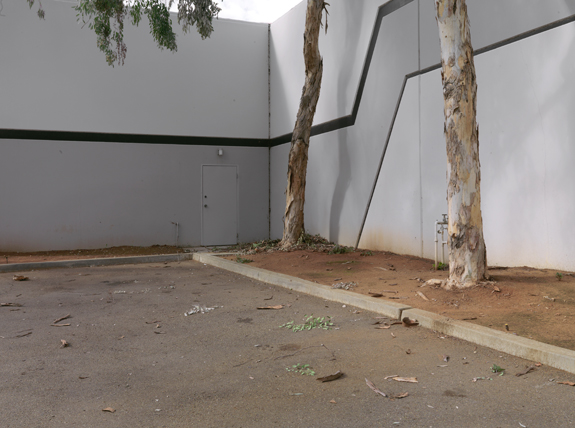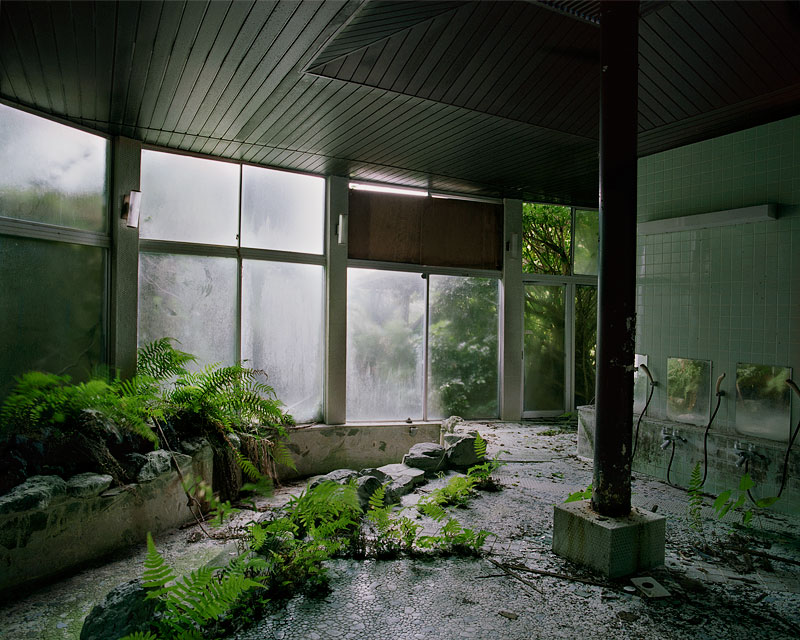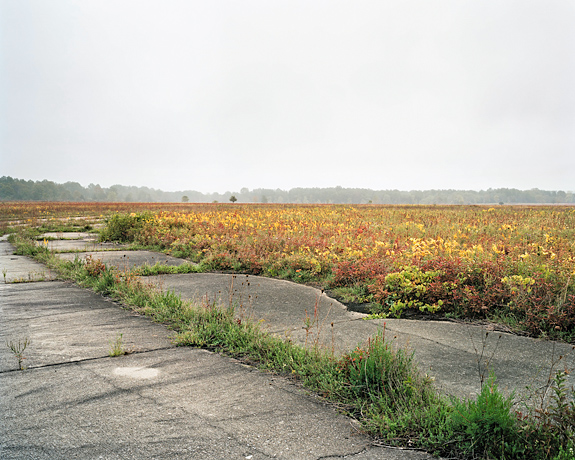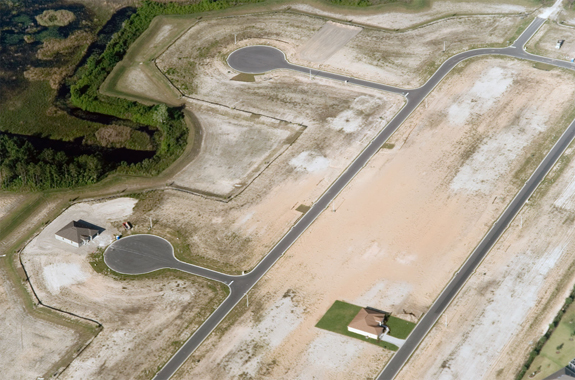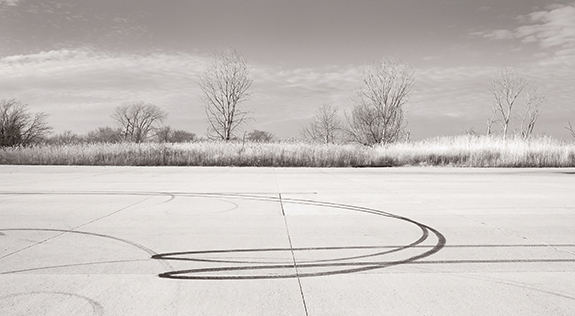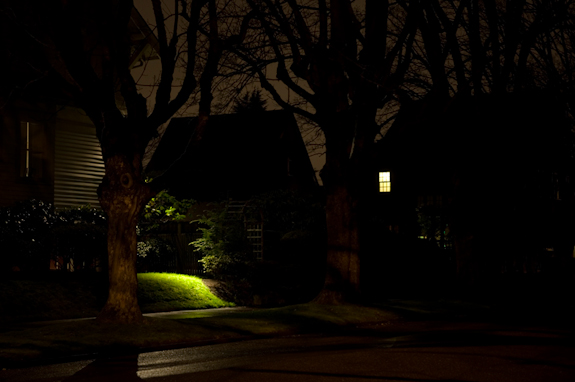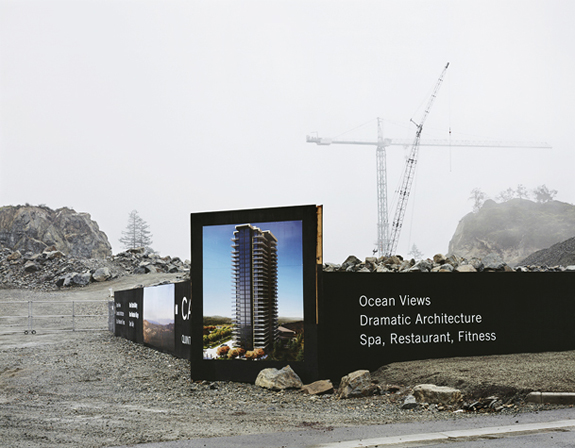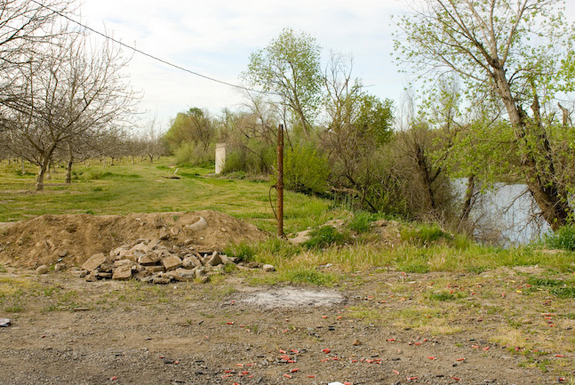
My photography is grounded (literally) in the landscape I grew up in: the West. For generations my family has farmed and I believe there’s a genetic imprint in the peace I find walking to the center of a plowed field. As a society we’ve become disconnected from these roots — and with
this series I’m striving to bring the inherent beauty of the land, and how we use it, to light.
Wilson’s Landing is the kind of place all small towns have — where kids go to drink beer, shoot guns and just hang out.
Over the past two years I’ve also been exploring the visual aesthetics of digital color, which is, by its nature, a very non-heroic photographic language. Returning to the landscape in a quiet manner, I am searching for a space where color is both flat and dimensional — where the land is both ordinary and timeless.
— Ann Mitchell
